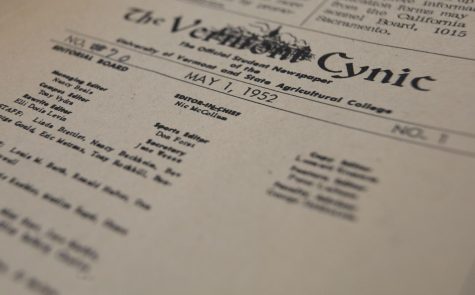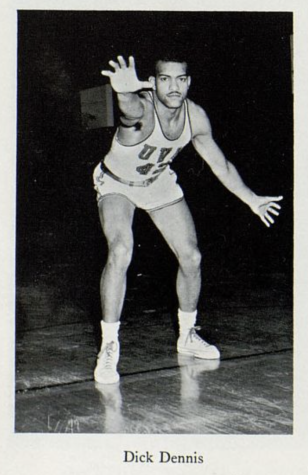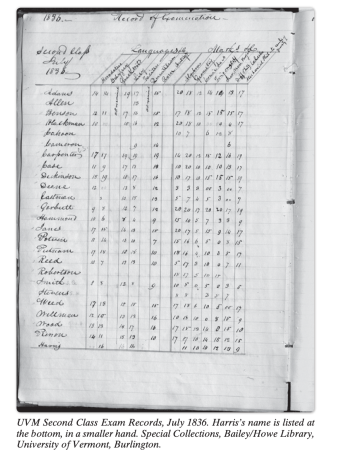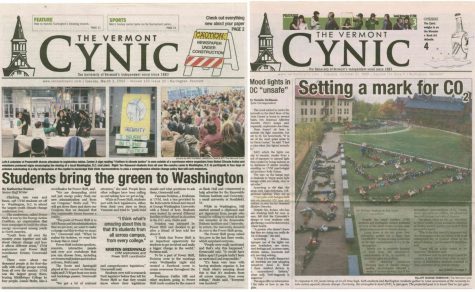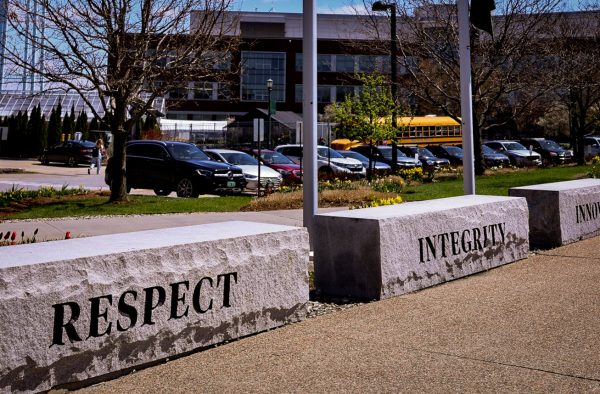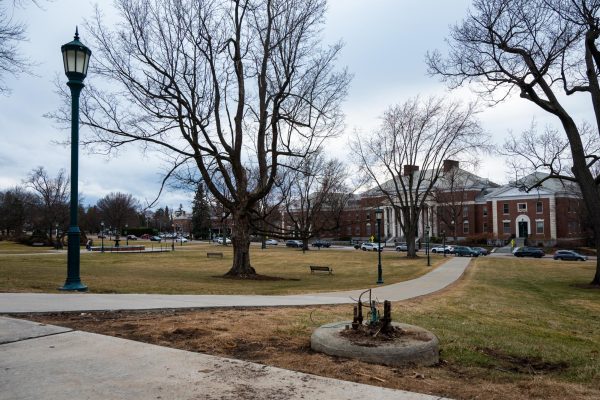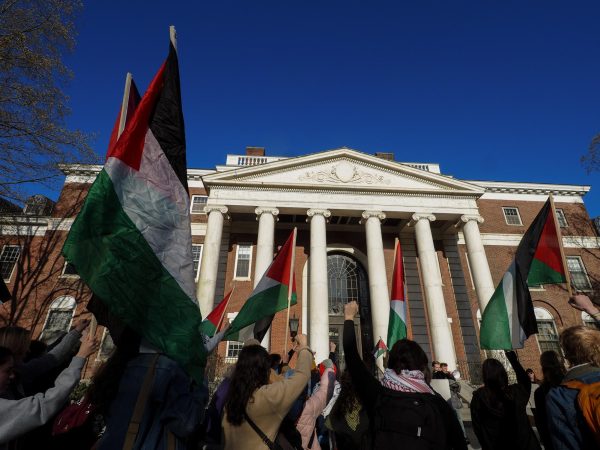Public university cost high
It’s no secret that the cost of college has skyrocketed.
For more than a decade, college tuition has been rising far beyond the rate of inflation.
“UVM might as well be a private school,” first-year Jae Baker said.
The average in-state tuition at public four-year universities has risen by 2.9% this year alone, the smallest increase in more than three decades, according to data released last week by College Board.
Additional expenses-such as room and board, books and supplies, personal expenses and transportation-increase the cost of attending a university.
In an attempt to lessen the financial burdens more students opt to attend public institutions, however even in-state students at public institutions are paying higher tuition prices, according to College Board.
This year’s “Trends in College Pricing,” an annual survey done by the College Board, published that the tuition and fees of public four-year colleges and universities had increased by 19 percent beyond the rate of inflation over the five years between the 2003-2004 and 2008-2009 academic years, and by another 27 percent between 2008-2009 and 2013-2014.
According to this report, among four-year public institutions nationwide, UVM had the second highest “tuition/fees” for in-state students, with an average tuition of $13,958.
New Hampshire ranks No. 1, averaging $14,665. The national average tuition for a four-year public institution is $8,893.
UVM enrolls about one third in-state students according to Admissions, meaning that about 70 percent of its students are paying the higher price for out-of-state tuition.
Sophomore Samuel Raszka thinks the tuition is too high.
“It doesn’t seem appropriate,” he said.
UVM, Vermont’s flagship university, has the lowest share of in-state students with the third highest tuition among all other flagship universities, according to the report.
At most flagships, the majority of students are in-state, according to College Board.
Additionally, as pointed out in an article by the Burlington Free Press, Vermont’s annual appropriation for higher education has consistently ranked among the lowest in the nation by several comparative measures.
First year Jae Baker has noticed this consistency. He said he feels that although the university is generous with financial aid, they ask for a lot more money than they give.
“I received a generous amount,” he said. “But when I had to ask for more I was told [UVM] simply couldn’t afford to.”
Baker added that students he knows at private universities received relatively equal sums of money in financial aid.
Vice President for Finance and Treasurer Richard Cate assures students that the administration is addressing the issue, and is committed to keeping tuition affordable, which is the first element of UVM’s Strategic Action Plan.
President Tom Sullivan’s Strategic Action plan was approved by the University’s Board of Trustees Oct. 26, and plans to promote affordability, financial access and academic support.
The plan focuses on the relationship between tuition, scholarship and financial aid while ensuring optimal academic support and career success for students and alumni, according to the Strategic Plan.
“We’re implementing initiatives to generate revenues from non-traditional sources,” Cate said.
Although UVM’s sticker price is high, relative to others in the College Board report, UVM provides $100 million in financial aid annually.
Cate also noted that in 2012, the average discount rate was 34 percent.


